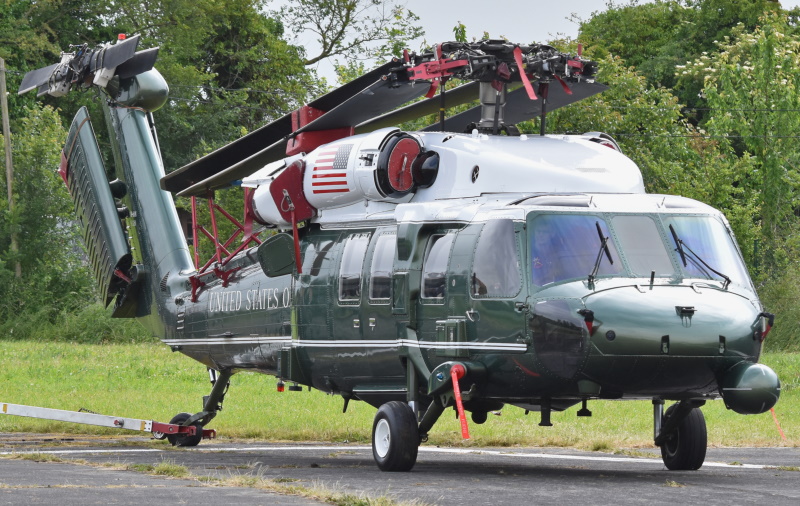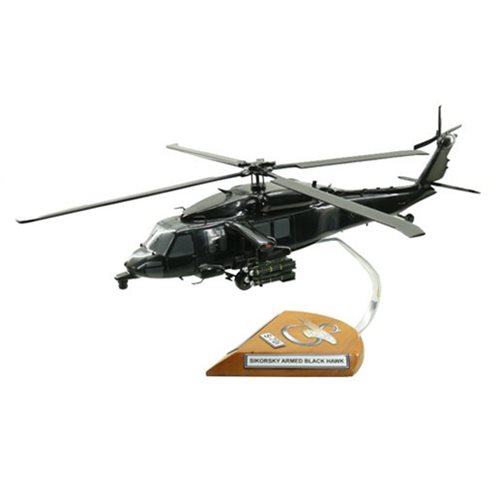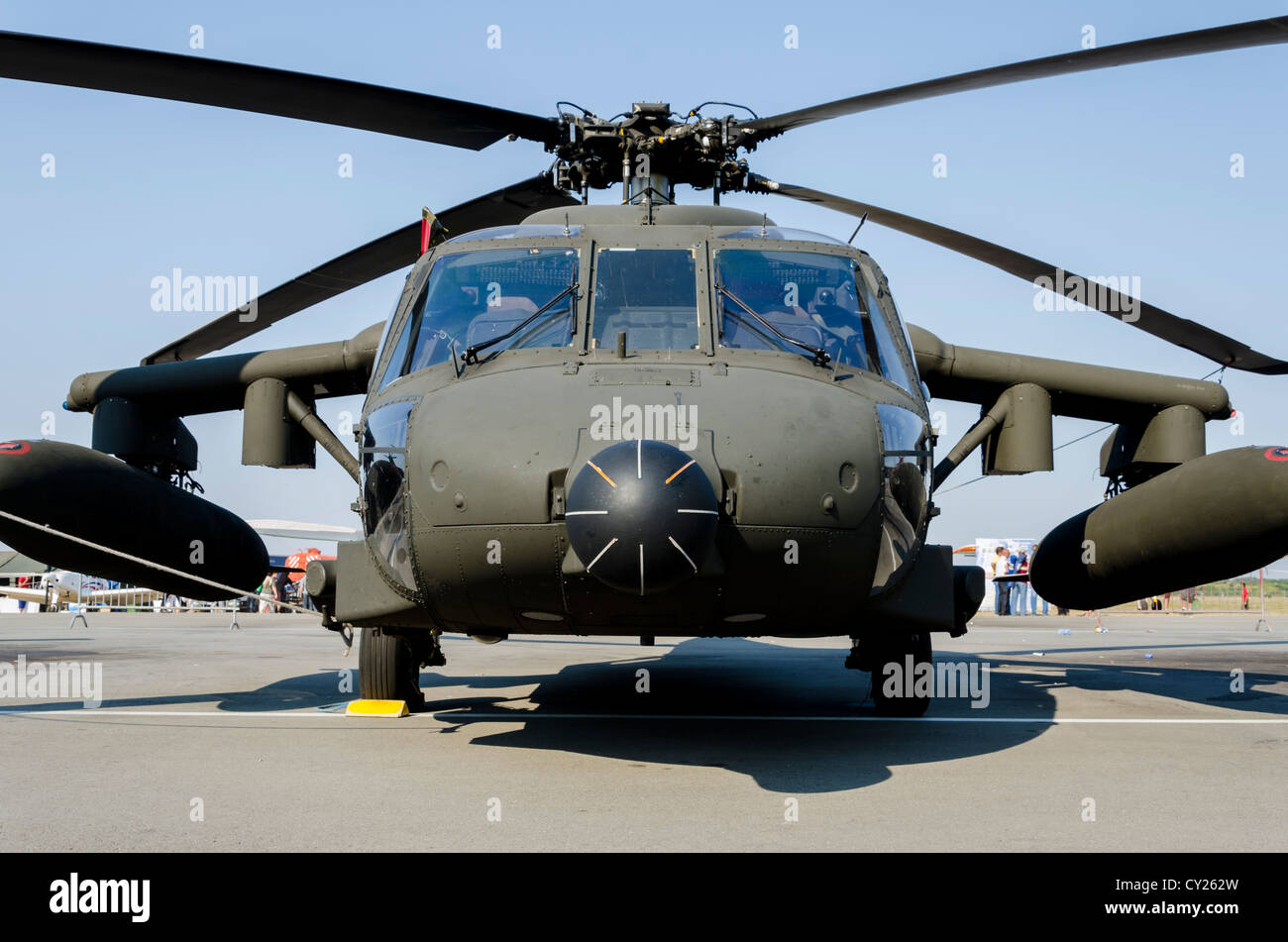Revealing the Sikorsky S 70: Innovations and Breakthroughs in Helicopter Engineering
Revealing the Sikorsky S 70: Innovations and Breakthroughs in Helicopter Engineering
Blog Article
High-Performance Multi-Role Rotorcraft Featuring Advanced Cockpit Technologies and Integrated Sensor Systems
The world of rotorcraft technology has seen notable advancements in current times, particularly in the world of high-performance multi-role rotorcraft furnished with advanced cockpit innovations and flawlessly incorporated sensor systems. In the following discussion, we will discover the evolution of rotorcraft technology, dive right into the realm of innovative cockpit innovations, and analyze the effects of integrated sensing unit systems on the operational adaptability and performance of modern rotorcraft.
Advancement of Rotorcraft Modern Technology
The advancement of rotorcraft modern technology has actually been marked by substantial developments in aerodynamics, materials, and propulsion systems, shaping the capacities and efficiency of modern rotorcraft. Aerodynamic improvements have actually enhanced the effectiveness and ability to move of rotorcraft, permitting boosted rate, agility, and security throughout flight (sikorsky s 70). Developments in materials, such as making use of composite products and advanced alloys, have actually caused lighter yet more powerful rotorcraft structures, improving overall efficiency and resilience. Furthermore, improvements in propulsion systems, consisting of more effective engines and cutting-edge propulsion technologies, have allowed rotorcraft to achieve greater elevations, faster rates, and greater payloads.
These innovations have not just changed the capabilities of rotorcraft but have actually additionally increased their applications across various markets, including army, business, and emergency situation solutions. The continual development of rotorcraft innovation remains to drive innovation in the area, pushing the limits of what is feasible and shaping the future of vertical flight.
Advanced Cockpit Innovations
Structure upon the fundamental improvements in aerodynamics, materials, and propulsion systems, the world of rotorcraft technology now moves emphasis in the direction of pioneering Advanced Cockpit Innovations. The integration of cutting-edge innovations within the cockpit environment plays an essential role in improving the functional capabilities, safety and security, and effectiveness of modern rotorcraft. sikorsky s 70. Advanced Cockpit Innovations encompass a broad variety of functions made to supply pilots with boosted situational understanding, streamlined information administration, and user-friendly control user interfaces
One of the crucial improvements in cabin design is the application of glass cockpits, which replace typical analog gauges with high-resolution screens. These electronic systems supply personalized layouts, real-time information integration, and boosted readability, making it possible for pilots to gain access to crucial info at a look. Furthermore, advanced avionics systems, such as fly-by-wire controls and enhanced truth screens, are transforming exactly how pilots interact with the aircraft, allowing for precise control and boosted decision-making capabilities.


Including advanced cabin developments not just improves pilot efficiency but likewise adds to total goal efficiency and security in intricate functional atmospheres. By leveraging modern modern technologies within the cockpit, rotorcraft producers are establishing new requirements for functional excellence and goal success.
Integrated Sensor Systems
With the advancement of rotorcraft modern technology, the combination of sophisticated Integrated Sensing unit Equipment has actually ended up being extremely important in improving operational efficiency and safety and security. These Integrated Sensor Systems incorporate a wide array of technologies that offer critical data for numerous functions such as navigating, monitoring, targeting, and ecological surveillance. By effortlessly integrating sensing units like radars, cameras, lidar, and infrared systems right into rotorcraft, operators can gain from enhanced situational recognition, enhanced goal abilities, and reduced pilot workload.
One key advantage of Integrated Sensing unit Equipments is their capacity to collect real-time information and give actionable insights to pilots and objective drivers. Advanced radar systems can find and track targets over long distances, enabling for very early danger discovery and efficient response planning. Furthermore, incorporating infrared and electro-optical video cameras article source makes it possible for rotorcraft to perform reconnaissance and security missions with precision and precision.
In significance, the assimilation of advanced sensor innovations right into rotorcraft not only boosts functional effectiveness yet also adds substantially to general objective success and crew safety. As rotorcraft remain to progress, the duty of Integrated Sensor Solution will definitely stay at the leading edge of advancement in the aerospace sector.
Functional Flexibility and Effectiveness
Enhancing operational versatility and efficiency in rotorcraft is an all-natural development from the integration of advanced Integrated Sensor Solutions. By leveraging the information and insights supplied by these innovative sensing unit systems, rotorcraft can optimize their efficiency throughout different missions and environments.
Functional flexibility includes the capability of rotorcraft to adapt to various roles and circumstances successfully. With innovative cockpit technologies and integrated sensing unit systems, rotorcraft can perfectly shift in between jobs such as search and rescue, clinical evacuation, monitoring, and extra. This adaptability enhances the rotorcraft's ability to fulfill varied functional requirements without needing considerable reconfiguration.
Effectiveness in rotorcraft operations is crucial for taking full advantage of goal effectiveness and resource usage. Integrated sensing unit systems play an essential duty in boosting operational performance by giving real-time data on climate condition, surface mapping, target monitoring, and a lot more. This information makes it possible for pilots to make enlightened choices quickly, optimize flight paths, conserve fuel, and boost overall goal productivity.
Effect On Modern Aviation Operations

Furthermore, the combination of innovative sensors assists in enhanced objective preparation and execution, allowing rotorcraft to execute a broad range of jobs with boosted precision. From search and rescue procedures to aerial firefighting and police missions, the capacities of contemporary rotorcraft furnished with advanced cabin innovations and integrated sensor systems are exceptional.
Moreover, the impact of these advancements extends beyond operational efficiency to cost-effectiveness and sustainability. By optimizing trip paths, fuel usage, and upkeep routines, high-performance rotorcraft equipped with sophisticated cockpit modern technologies and sensors add to minimizing functional prices and environmental impact, making them vital assets in contemporary aviation procedures.
Conclusion
In verdict, the high-performance find here multi-role rotorcraft with sophisticated cabin modern technologies and integrated sensor systems represents a substantial evolution in aviation innovation. These developments enhance functional versatility and effectiveness, ultimately affecting modern air travel operations in a positive means. The integration of these advanced innovations allows for enhanced capabilities and efficiency in various mission situations, showcasing the proceeded advancement of rotorcraft technology in the aviation sector.
The realm of rotorcraft modern technology has actually seen significant advancements in recent times, specifically in the world of high-performance multi-role rotorcraft furnished with sophisticated cockpit modern technologies and perfectly integrated sensing unit systems. From enhanced objective adaptability to improved operational effectiveness, the convergence of advanced cabin technologies and integrated sensing unit systems has actually ushered in a new era of opportunities for rotorcraft applications. In the following discussion, we will certainly discover the evolution of rotorcraft modern technology, dig into the realm of innovative cockpit technologies, and examine the ramifications of incorporated sensor systems on the functional flexibility and performance of modern-day rotorcraft.

Report this page